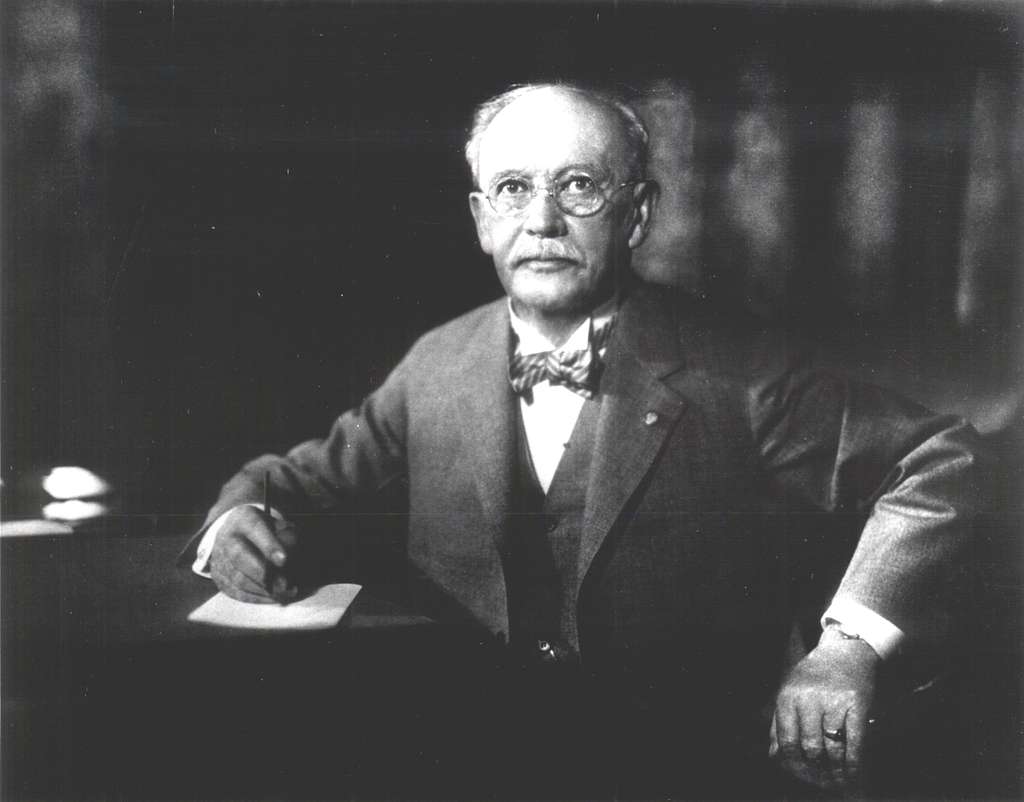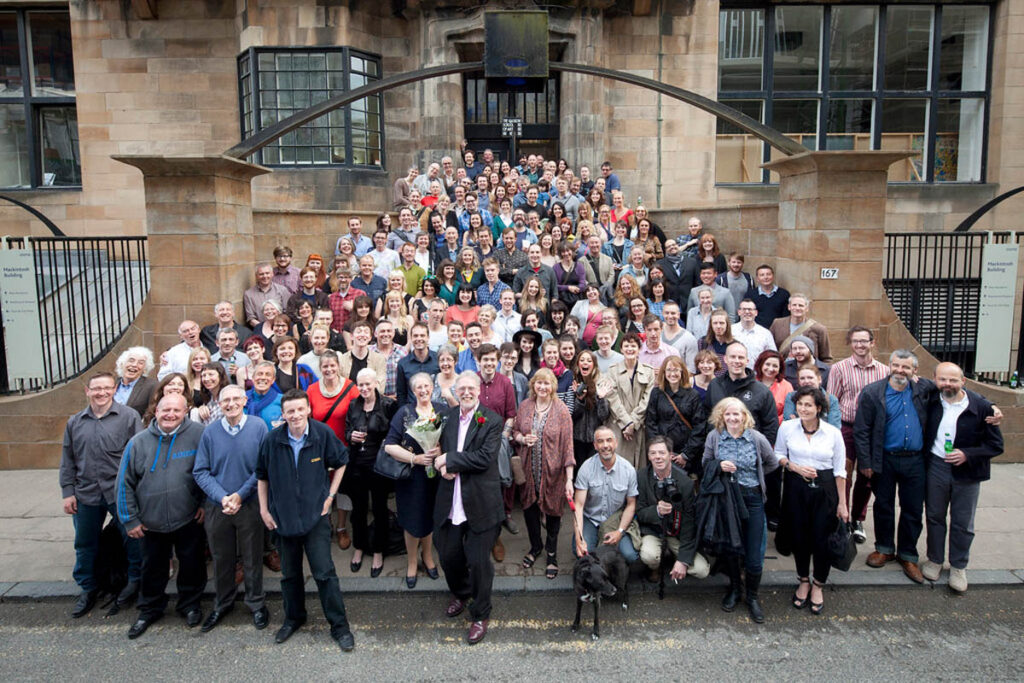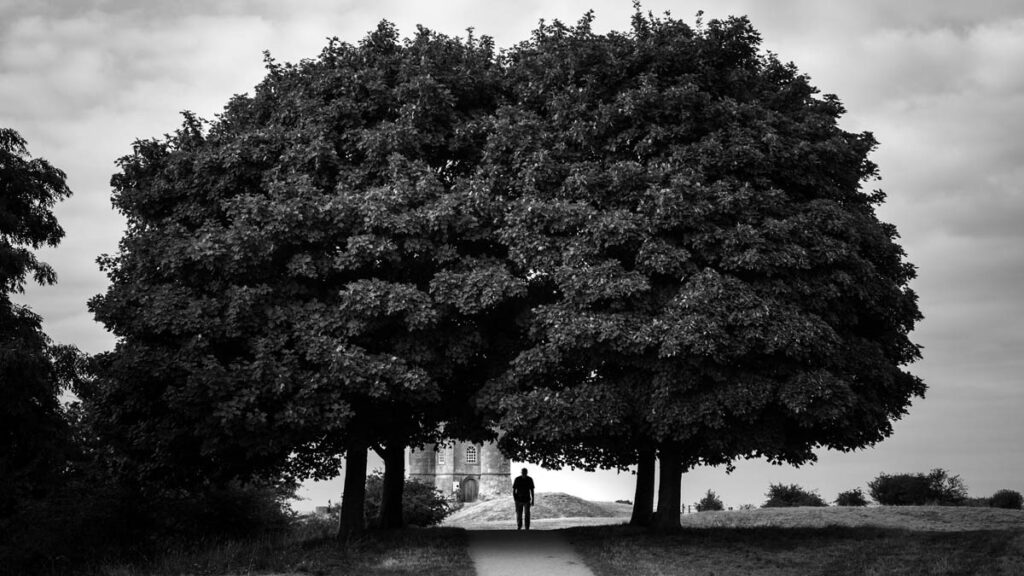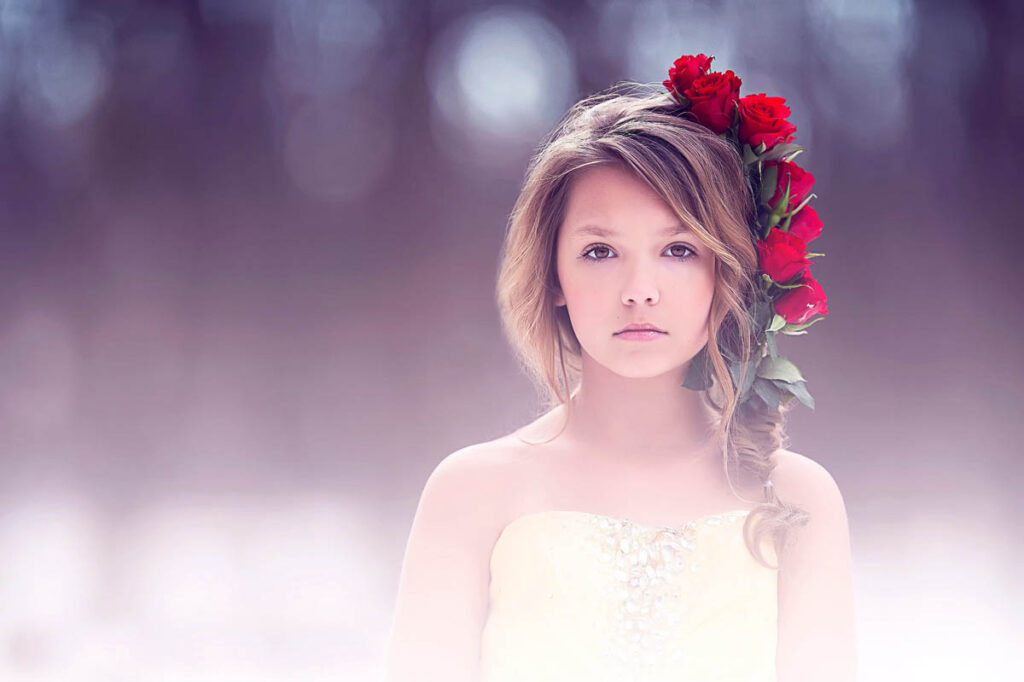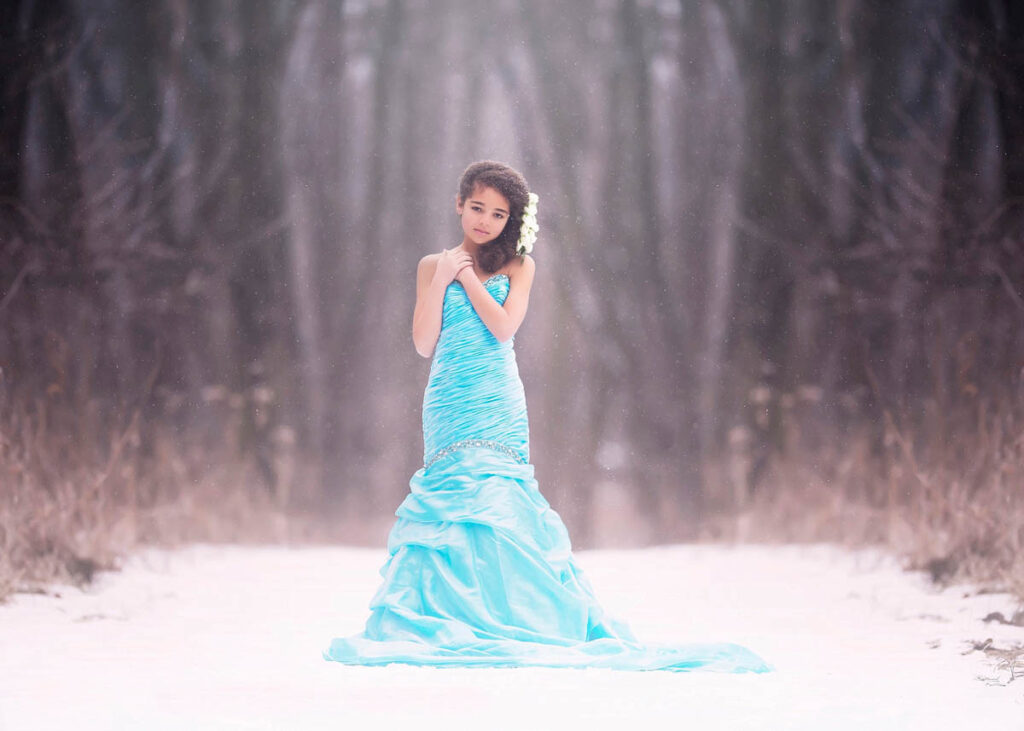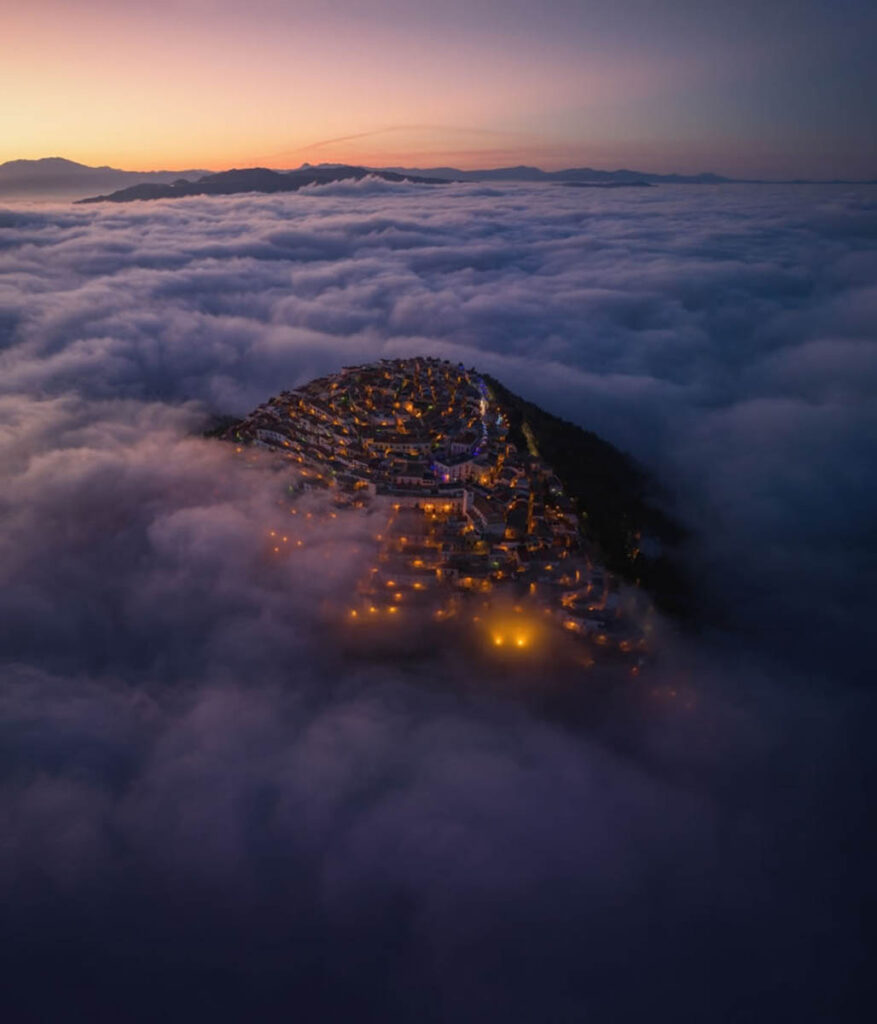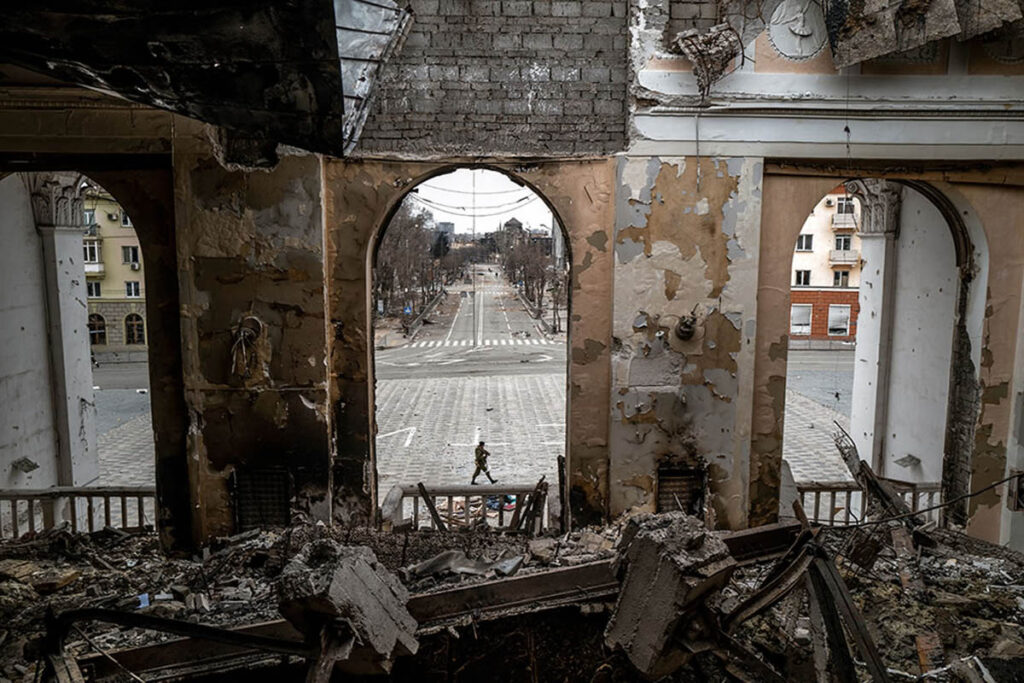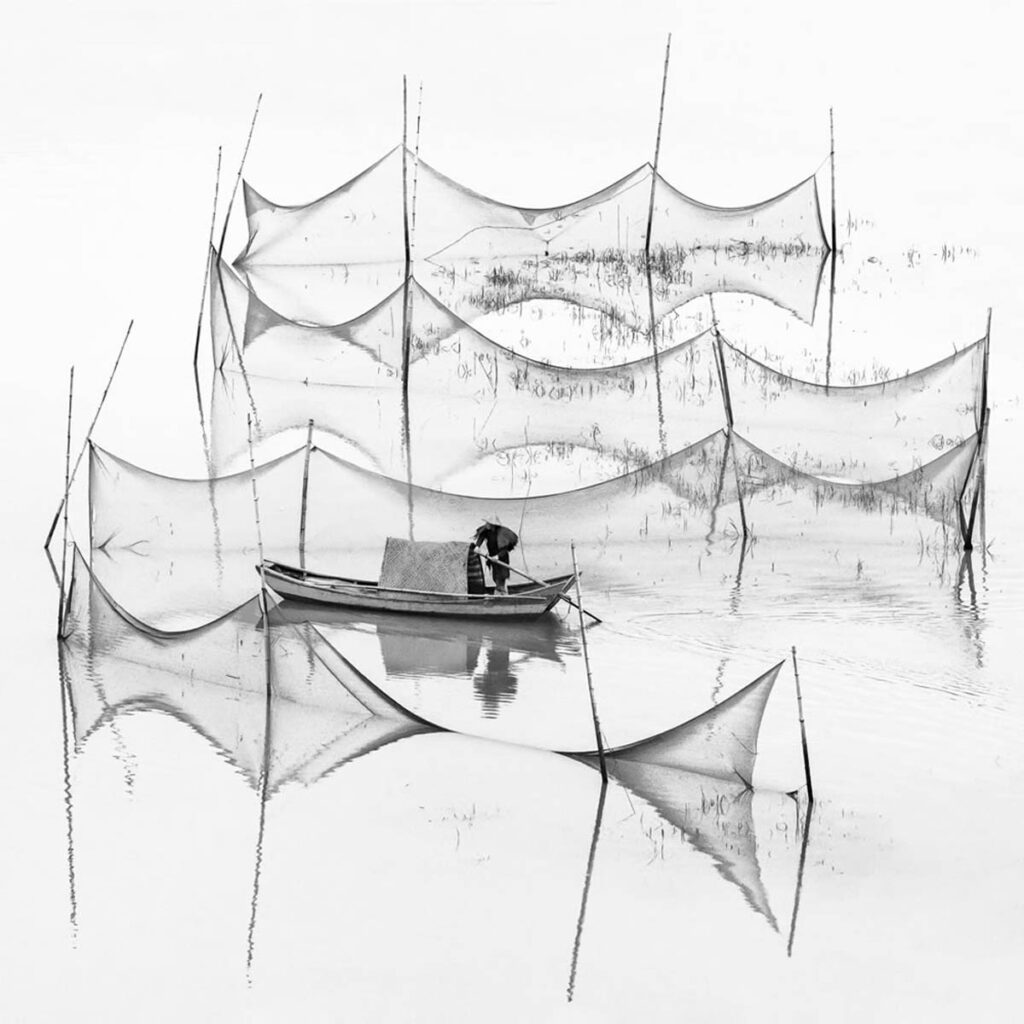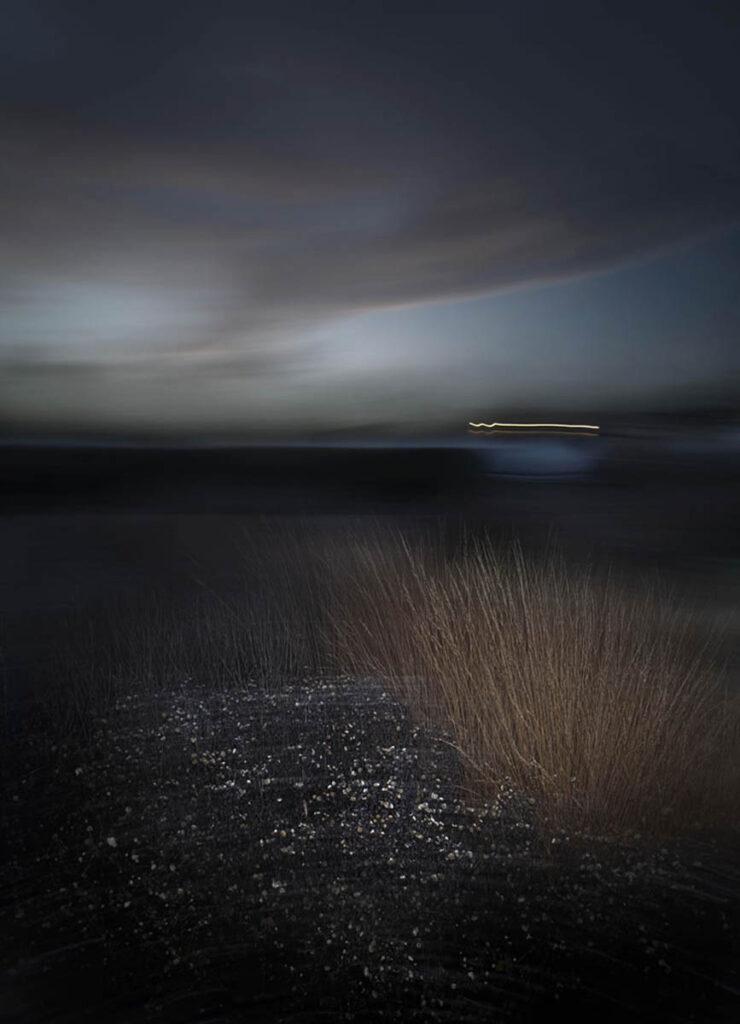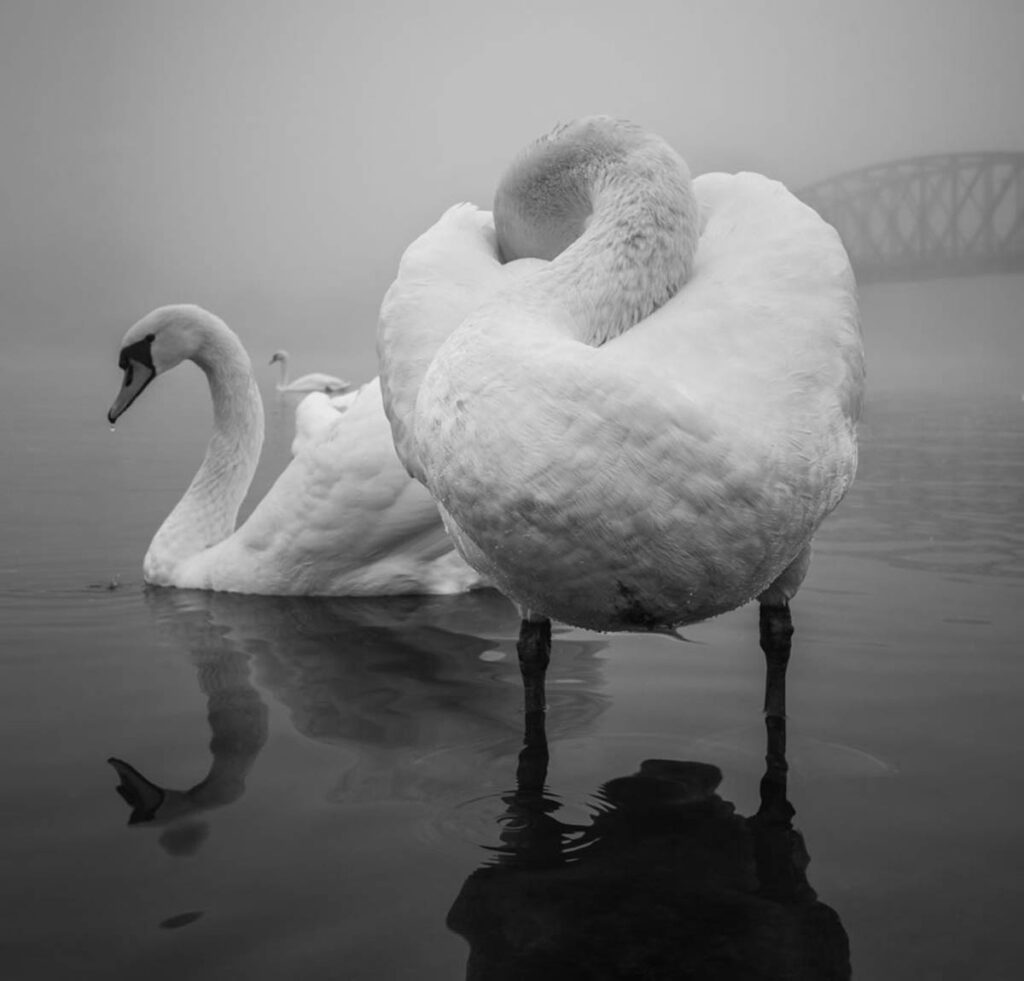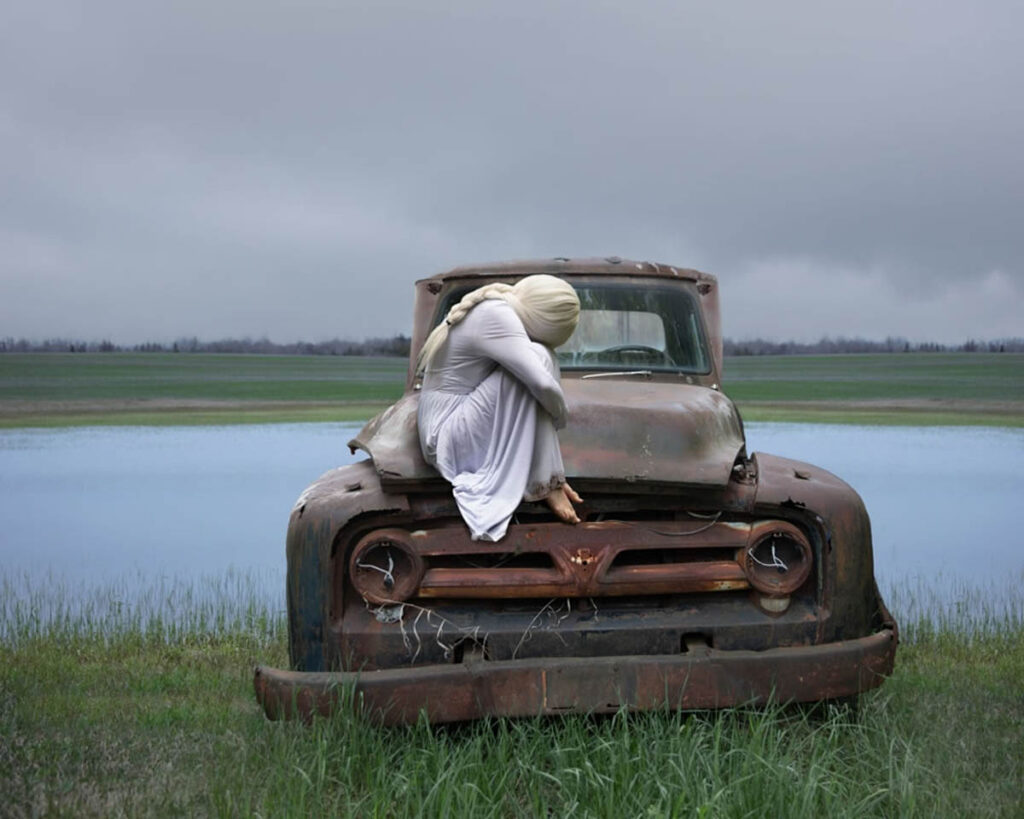Fine-Art Photography: A Guide for Aspiring Artists
Fine-art photography is more than just capturing images. it is all about creating art that expresses the photographer’s personal vision and emotions. This genre stands out from other types of photography because it focuses on subjective interpretations rather than just recording reality. Here’s a simple guide to understanding fine-art photography, its history, and how you can start your journey as a fine-art photographer.
What is Fine-Art Photography?
Fine-art photography is a form of photography where the main goal is to create images that are appreciated as art. Unlike commercial or documentary photography, which aims to inform or persuade, fine-art photography is about expressing ideas, emotions, and concepts through visual means. The focus is on how the photographer sees the world and wants others to see it.

A Brief History of Fine-Art Photography
The history of fine-art photography began in the late 1800s and early 1900s. Early photographers like Alfred Stieglitz and Edward Weston played key roles in establishing photography as a respected art form.
Stieglitz opened a gallery called 291, where he displayed photographs alongside paintings and sculptures, helping to legitimize photography as fine art.
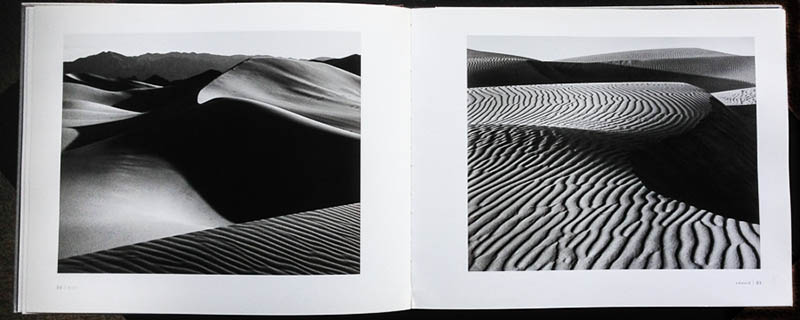
Weston’s work focused on the beauty of everyday objects and abstract forms, showing that photography could go beyond simple documentation.
How Fine-Art Photography Differs from Other Genres
Fine-art photography differs from other types of photography, such as:
- Commercial Photography: Aims to sell products or services.
- Documentary Photography: Focuses on capturing real-life events and telling stories.
- Portrait Photography: Centers on capturing the likeness and personality of individuals.
In contrast, fine-art photography is about the artist’s personal vision and interpretation. It’s not necessarily about documenting reality or promoting a product but about creating an image that evokes thought and feeling.
The Subjective Nature
The key to fine-art photography is its subjective nature. While other genres might aim for objectivity and clarity, fine-art photography allows for personal interpretation. This means the photographer’s emotions, ideas, and artistic vision are central to the image. The result is often more about the mood, atmosphere, and conceptual depth than about capturing a literal scene.
How to Become a Fine-Art Photographer
- Develop Your Vision: Think about what interests you and what you want to express through your work. Fine-art photography is about personal expression, so focus on themes and subjects that resonate with you.
- Learn the Basics: While creativity is crucial, understanding technical aspects like composition, lighting, and camera settings is important. Mastering these basics will help you better translate your vision into photographs.
- Experiment and Practice: Don’t be afraid to try different techniques and styles. Experimentation is key in finding your unique artistic voice.
- Build a Portfolio: Create a collection of your best work. A strong portfolio will showcase your style and help you get noticed in the art world.
- Seek Feedback: Share your work with others and be open to constructive criticism. Feedback can provide valuable insights and help you improve.
- Stay Inspired: Look at the work of other fine-art photographers, visit galleries, and keep up with trends in the art world. Inspiration can come from many sources.
Tips for Aspiring Fine-Art Photographers
- Define Your Artistic Voice: Spend time reflecting on what themes, subjects, and emotions you are most drawn to. This self-discovery will help you build a cohesive and distinctive body of work.
- Create a Concept: Approach each project with a clear concept or idea. Whether it’s a specific theme, message, or story, having a concept helps guide your creative process and adds depth to your work.
- Invest in Quality Equipment: While creativity is paramount, having reliable and high-quality equipment can enhance your ability to execute your vision. Invest in a good camera, lenses, and other accessories that meet your needs.
- Master Composition Techniques: Study and apply various composition techniques such as the rule of thirds, leading lines, and framing. These principles help in creating visually compelling images.
- Experiment with Different Mediums: Don’t limit yourself to just traditional photography. Explore alternative processes like film photography, mixed media, or digital manipulation to broaden your artistic range.
- Understand Light and Shadow: Experiment with natural and artificial lighting to see how it affects your images. Understanding how light and shadow interact with your subjects can significantly influence the mood and impact of your photographs.
- Develop a Personal Style: Over time, strive to develop a personal style that distinguishes your work from others. This can involve recurring themes, techniques, or visual aesthetics that become your signature.
- Stay Open to Change: Artistic evolution is a natural part of the creative process. Be open to changing your style, techniques, or subjects as you grow and learn.
- Create a Strong Online Presence: Build a professional website and use social media platforms to showcase your work. A well-curated online presence can help you reach a wider audience and connect with potential buyers or collaborators.
- Attend Workshops and Courses: Participating in workshops, seminars, and online courses can provide valuable learning experiences, expose you to new techniques, and offer networking opportunities with other artists.
- Engage with Art Communities: Join art groups, forums, and attend gallery openings. Engaging with the art community can provide inspiration, support, and opportunities for collaboration.
- Submit Your Work to Exhibitions: Look for opportunities to display your work in galleries, art fairs, and exhibitions. Public exposure is crucial for gaining recognition and building a professional reputation.
- Keep a Creative Journal: Maintain a journal to jot down ideas, sketches, and inspirations. This can be a valuable resource for developing new projects and keeping track of your artistic progress.
- Seek Mentorship: Find a mentor who can provide guidance, feedback, and encouragement. A mentor with experience in fine-art photography can offer insights that accelerate your growth.
- Be Persistent and Resilient: The art world can be challenging, with many rejections and setbacks. Stay persistent, keep refining your work, and don’t be discouraged by obstacles.
- Explore Art History: Study the work of historical and contemporary fine-art photographers. Understanding their techniques and approaches can inspire and inform your own practice.
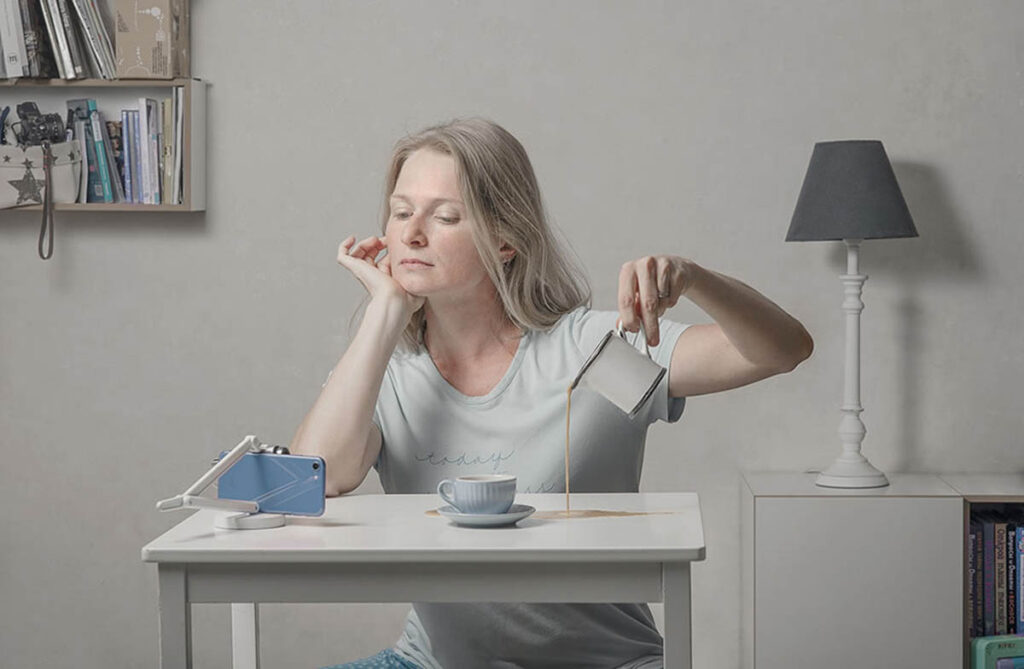
By integrating these tips into your practice, you can enhance your skills, develop a unique artistic voice, and navigate the fine-art photography landscape with confidence. Remember, the journey of a fine-art photographer is one of continual learning and personal growth. Embrace the process, stay curious, and let your passion guide you.
Conclusion
Fine-art photography is a powerful way to express your creativity and personal vision. By understanding its history, embracing its subjective nature, and honing your skills, you can create art that resonates with viewers on a deep level. Start your journey by exploring your own perspective, practicing regularly, and engaging with the art community. With dedication and passion, you can make a mark in the world of fine-art photography.



